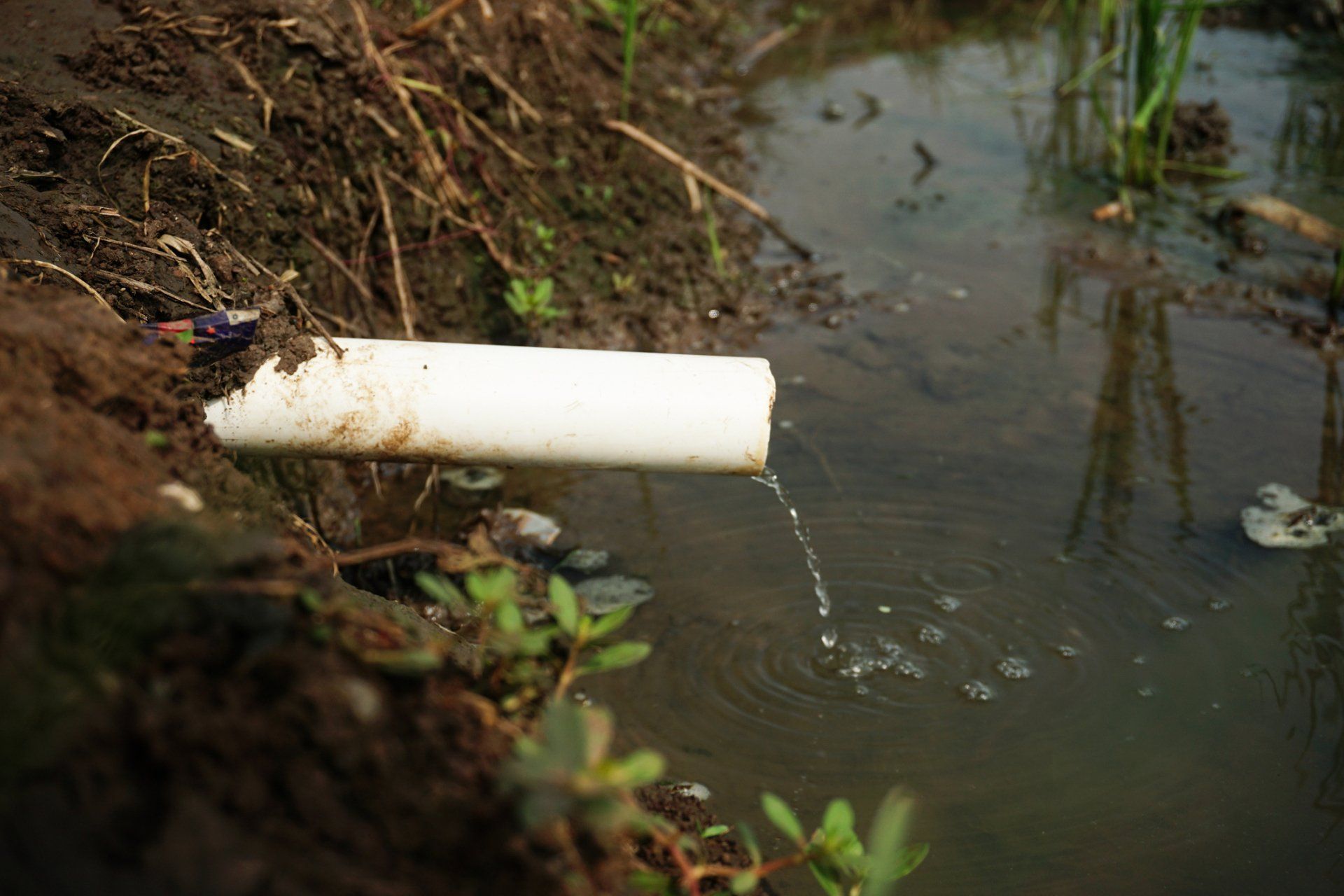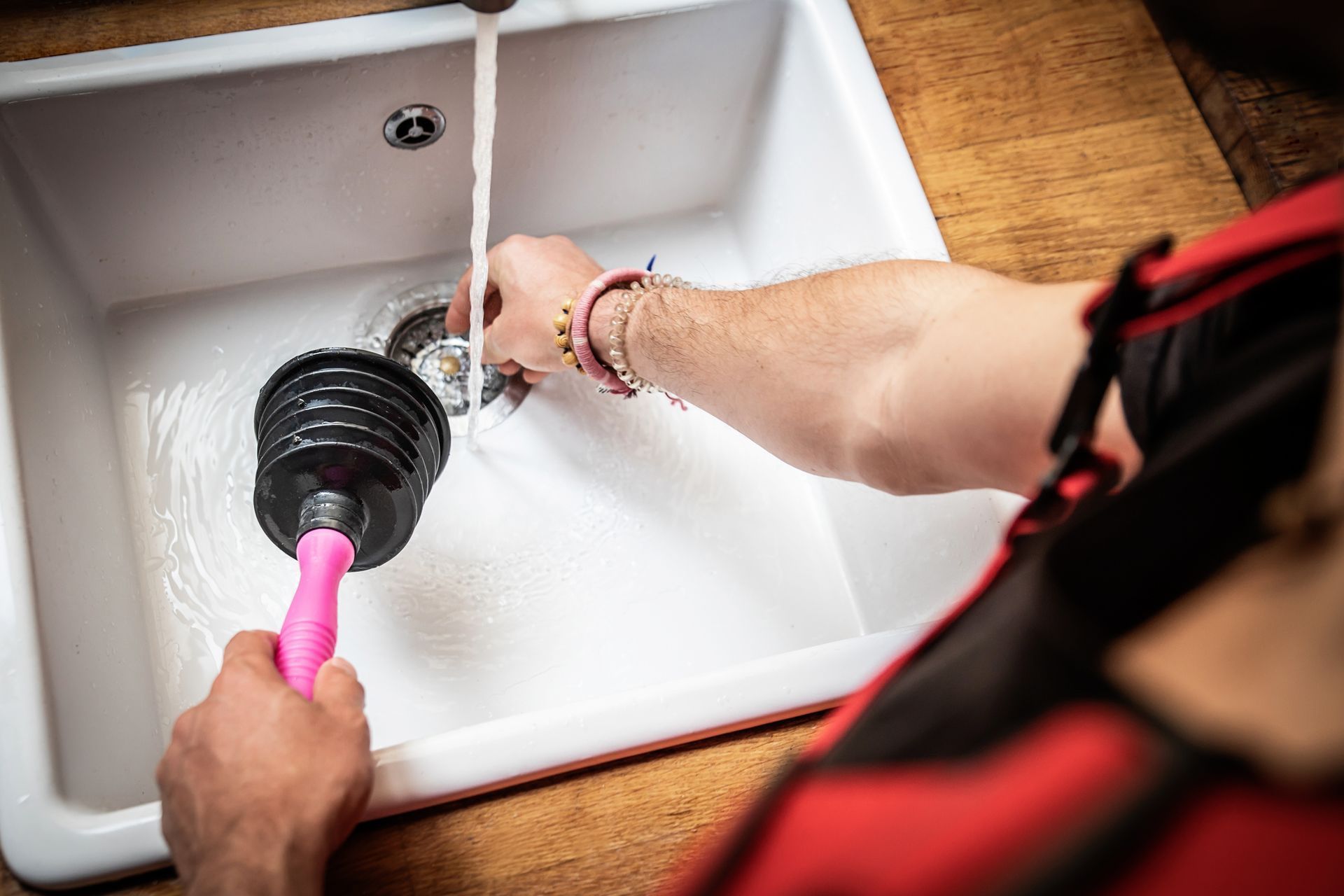Design Characteristics of a Drainfield
May 4, 2021

The drainfield plays a critical role in your septic's operation and efficiency. The actual waste disposal takes place in the drainfield. You must get the drainfield's design and construction right for it to work properly. Below are some aspects of your drainfield you should get right from the start.
Size
The drainfield's size determines how much waste it can handle. The exact sizing will depend on:
- The household's size
- The expected volume of waste per day
- The percolation characteristics of the soil
- The type of absorption system
- The local zoning requirements
The septic installer will evaluate all these parameters and calculate the size of the field you need. Note that the percolation rate plays a significant role in drainfield sizing. Thus, the installer will have to dig a hole in the designated site and test the soil's percolation rate.
An average home might require
as little as 4500 square feet of drainfield or as much as 9,000 square feet of the drainfield, depending on the percolation rate. Many local authorities also require a reserve area in addition to the leach field areas. You may use the reserve area for future expansions or as a substitute leach field in case the first one needs repair.
Trenches
Septic drainfields come in various designs. A common design features pipes buried within gravel-filled trenches. The pipes have perforations that allow waste to drip out and percolate into the ground. The dripping gives the waste adequate time to soak into the soil.
The specific design parameters of the pipes will depend on your septic system and installation site. However, the following general guidelines apply:
- The trenches should have a gentle slope to allow waste to flow by the action of gravity.
- The trenches should have adequate depth so that the waste doesn't flow back to the surface and the pipes don't freeze during the winter season.
- The trenches should have adequate separation distance so that waste doesn't clog a small area of the field.
- The pipes should be wide enough to handle wastes coming out of the house at any time.
Again, local building codes will determine some of these parameters - such as the trench depth. You must get everything right to ensure your drainfield can handle your home's waste and last a long time.
Materials
The drainpipes should be on suitable materials that will allow the waste to flow ion the house. The base materials can be:
- Gravel
- Crushed stone
- Slag
The base material particles should be roughly equal in size. That way, smaller particles don't fill the spaces between the bigger ones and render the base material infective.
After the base material and the pipe comes the filler material. Newspaper and straw are good examples of good filter materials. A soil layer goes over the filer material as the final layer in the drainfield. The covering layer prevents soil erosion, among other things.
Site
A suitable drainfield site should facilitate waste disposal without the risk of contamination. Thus, a good site should:
- Sit an adequate distance from other facilities, including water sources such as wells
- Should have adequate usable soil above the bedrock
- Should have its usable soil at a safe distance above the underground water table
- Should be downslope of water sources
Lastly, choose a site without any planned developments, such as access roads or parking areas.
The design specifications and requirements may seem complicated for the average person. However, O'Fallon Sewer Service understands what it takes to design and install a septic system, including the drainfield. We have been active in this industry for over 50 years. Contact us
for a consultation or quote and enjoy our professional services.
This article takes a detailed look into the most prevalent factors contributing to sewer backups in and around your home. Read on for more.
The pipes in your home and workplace are often out of sight, out of mind. But as they age, they can pose a variety of issues. Read about them in this blog.
Bursting water pipes is a common issue that homeowners face. Here are some common causes of burst pipes and how you can prevent this unpleasant issue.
Some tree roots invade underground drainage pipes and wreak havoc. Discover how to safeguard your investment and keep your drains flowing freely.
One way to increase value is upgrading the plumbing system. Read on to discover four plumbing ideas to help increase a home's worth before selling.
If you own a home with a septic tank, locating your septic tank can be difficult. Discover five simple ways to locate your septic tank.
As a homeowner, you must learn to detect sump pump issues early. Read this blog to learn about four common sump pump issues to look out for.
If you get the right plumber for your home, you will save money and time. Discover how to find the best plumber for your next project.








